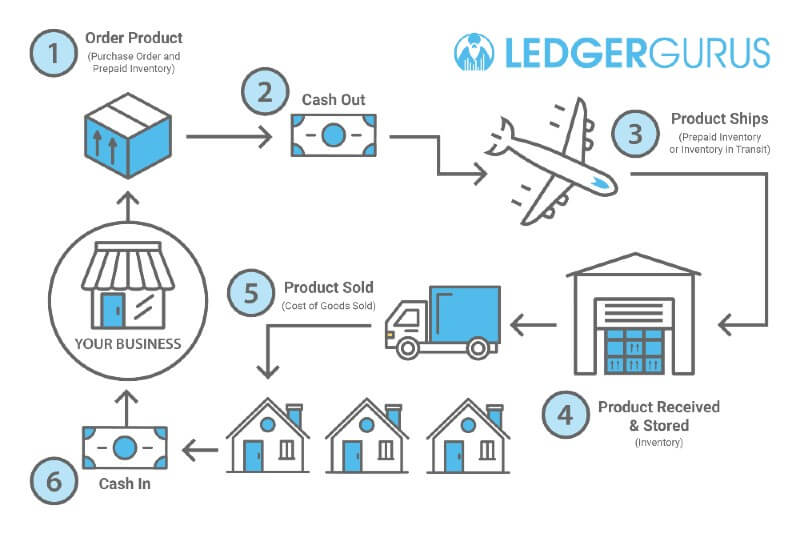
Estimated reading time: 5 1/2 minutes
In today’s fast-paced world of ecommerce, making informed decisions is crucial for success. Yet, many business owners are frustrated because they don’t know what ecommerce KPIs (Key Performance Indicators) to watch and base their decisions on.
By tracking the RIGHT ecommerce KPIs accurately, you can not only identify the root causes of low profitability and growth limitations but also chart a course towards sustainable success.
But how do you know which KPIs to track?
This blog sheds light on an invaluable resource—the eCommerce Diagnostic Toolkit—that helps you identify weaknesses, seize opportunities, and pave the way for sustainable growth.
It covers:
- The difference between KPIs and metrics
- What makes an effective KPI
- Selecting the right KPIs for your business
In essence, it allows you to accurately answer the following question:
What is the Difference Between eCommerce Key Performance Indicators (KPIs) and Metrics?
To begin, let’s establish the groundwork by understanding the fundamental concepts. Key Performance Indicators (KPIs) and metrics serve as the compass guiding your e-commerce ship.
- Metrics provide raw data.
- KPIs offer actionable insights.
KPIs and metrics are both essential components in assessing business performance, yet they serve distinct purposes.
Metrics are quantitative measurements of various business aspects, providing raw data like sales figures or website traffic.
Key Performance Indicators, on the other hand, are carefully selected from metrics, representing strategic goals and offering actionable insights. KPIs are specific, measurable, and tied to business objectives, guiding decision-making and enabling businesses to track progress toward defined targets.
While metrics provide a broader view of operations, KPIs focus on critical benchmarks, aligning with the overarching direction of the organization.
The Significance of eCommerce KPIs
Why should you care about ecommerce KPIs? The answer lies in optimizing your decision-making.
Imagine being able to pinpoint precisely where your business is excelling and where it needs improvement. This clarity enables you to allocate resources effectively and streamline your strategies.
What Makes an Effective KPI?
In business, especially in ecommerce, the difference between success and stagnation often boils down to asking, and answering, what makes an effective KPI Key Performance Indicator), and which ones matters most?
- Specific: An effective KPI must be crystal clear and precisely defined. It doesn’t do any good to watch vague or ambiguous indicators.
- Measurable: A KPI must also be measurable and quantifiable, allowing you to track progress objectively.
- Actionable: An effective KPI should offer actionable insights and empower you to make informed decisions. It’s not merely a gauge of performance but a catalyst for improvement.
- Relevant: A key performance indicator is only worthy of the name if it is seamlessly aligned with your business objectives and goals. Irrelevant or misaligned KPIs can divert your focus and resources away from what really matters, leading to inefficiencies.
- Time-bound: A KPI must be measured in a specific time-frame so you have a clear frame of reference to work with.
The essence of an effective KPI lies in its ability to serve as a precise, measurable, and actionable compass that aligns with your business goals. It’s not just about the numbers; it’s about the strategic impact it brings. When you identify and focus on what matters most through effective KPIs, you unlock the power to navigate the complex e-commerce landscape with confidence and purpose.
Types of eCommerce Metrics Every Business Must Track
In the realm of e-commerce, certain metrics stand out due to their impact on business growth. Here are some of these pivotal metrics:
- Customer Lifetime Value (CLV): Discover why nurturing customer relationships is essential for long-term success.
- Customer Acquisition Cost (CAC): Uncover the secrets to cost-efficient customer acquisition.
- Cost per Acquisition (CPA): Delve into the nuances of determining how much it costs to get a new customer.
- Average Order Value (AOV): Learn how to maximize the value of each transaction.
But how do you know how to put these together? That’s the beauty of the eCommerce Diagnostic Toolkit, because it shows you how these metrics fit together into KPIs that can give you solid information about your business.
Selecting the Right Metrics for Your Business
Not all metrics are created equal. The toolkit assists you in choosing the metrics most aligned with your business objectives and goals. This tailored approach ensures you’re focusing on what truly matters.
We recently did a webinar with Common Thread Collective in which we discussed their eCommerce Diagnostic Toolkit. If you’d like to watch the highlights of that webinar, you can watch it here:
Unveiling the eCommerce Diagnostic Toolkit: 10 Key KPIs
The heart of the matter—the eCommerce Diagnostic Toolkit. These ten key KPIs are your compass to navigate the complexities of e-commerce:
- Cost of delivery (all variable costs) as a percentage of revenue
- Operating expenses (all fixed costs) as a percentage of revenue
- Cash conversion cycle
- 60-day customer lifetime value %
- 1-yr customer lifetime value %
- First order value : new CAC
- Number of distribution channels
- Organic traffic %
- 1-yr LTV : NCAC
- Revenue peaks
The first three KPIs (Cost of Delivery as a % of revenue, Operating expenses as a % of revenue, and cash conversion cycle) are all based in good accounting. This is where LedgerGurus comes in.
For more information on each of these and how good accounting can give you good numbers for them, click the links:
- Cost of Delivery: Cost of Goods Sold | A Key Number for eCommerce Businesses
- Operating Expenses: How to Build a Budget for Your eCommerce Business
- Cash Conversion Cycle: Managing Cash Flow Through Understanding Your Inventory Cycle
Accessing the Benchmark Tool: Putting Knowledge into Action
You’re not alone in this journey. The toolkit provides you with the means to gauge your business against industry standards. Armed with these insights, you can identify gaps and align your strategies accordingly.
Not only does it show you how you measure up against industry standards, but it also give recommendations for actions you can take to improve your score in each area. This is super valuable, especially if you’re not sure what to do.
Conclusion: Empowering Your eCommerce Journey
The eCommerce Diagnostic Toolkit from Common Thread Collective isn’t just a tool—it’s a game-changer. We encourage you to get it so you can see exactly how your business is measured against these invaluable KPIs. Use the code LEDGER25 for 25% off.
By equipping you with the ability to decipher your business’s health and growth opportunities, this toolkit empowers your e-commerce journey like never before. As you embrace these insights and metrics, you’re on your way to fostering sustainable growth and creating a thriving e-commerce business.
You’ll need solid, reliable numbers to base this assessment off of, and those numbers come from really good ecommerce accounting. We have two options for you:
- Our team of ecommerce-specialized accounting experts can do your accounting for you and help you build your business with better numbers. Reach out if you’re interested in outsourcing your accounting to us.
- If your company is still small enough that you’d rather do the accounting yourself but you need to know what to do, download our eCommerce Bookkeeping Checklist.










